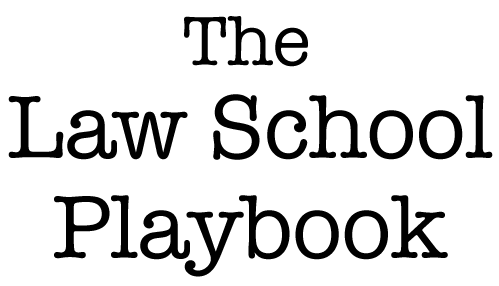Most briefs I have reviewed this week were at opposite ends of the spectrum—some contained few general facts and others contained nearly every fact in the case. As law students (and as lawyers in practice), your job is to find the material facts. In other words, you are looking for the facts that are legally relevant to the case.
How do you know which facts are legally relevant? You can only determine that once you have an understanding about the issues in a case. During my years drafting legal opinions for judges, I often worked backwards. That is, I wrote the analysis and conclusion sections of the opinion before I wrote the facts section. Seem counterintuitive? I did this because it was actually easier—after writing the analysis and conclusion, I knew exactly which facts were used in the judge’s reasoning.
To put this in another real life context, let’s say a client comes into your office wanting to file suit against a car dealership for selling him a “lemon.” The client launches into a long story that includes how he intended to buy the car for his daughter but ended up keeping it for himself. He provides you with a description of the car he had before this one, and how that make and model was always reliable. Those facts may provide context, but they are not material to whether this car was a lemon.
The skill of distinguishing between material and non-material facts is necessary for briefs. However, you will also use the skill to write solid exam answers, to pass the bar exam, and in practice, so start working on it today!
